The Great Indian Saint Ramana Maharshi
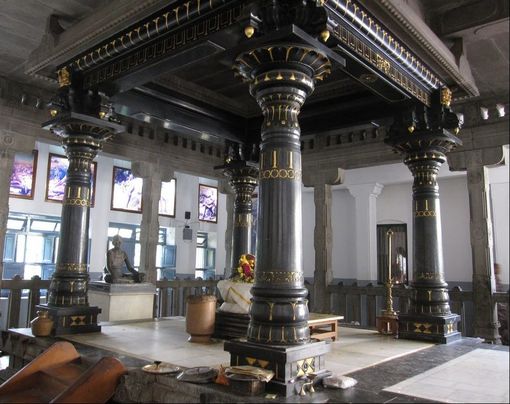 The shrine to Ramana in the Samadhi Hall
The shrine to Ramana in the Samadhi Hall Along with a few other visitors, Richard and I wandered about the shrine, the predominate feature of which is a flower-bedecked bronze statue of Ramana sitting in lotus position. An air of deep reverence and tranquility pervaded the room. We circumambulated the shrine and lingered in silence in the hall for some time, basking in the light, clear energy.
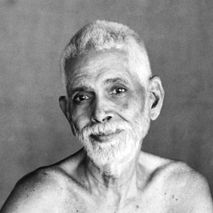 Sri Ramana Maharshi
Sri Ramana Maharshi Richard and I spoke little as we left the Ramana Ashram and hailed one of the tuk-tuks clustered outside the gate to take us back to the Suddhananda Ashram. Quite weary by the time I got back to my room, I gratefully took a rest before cleaning up for dinner.
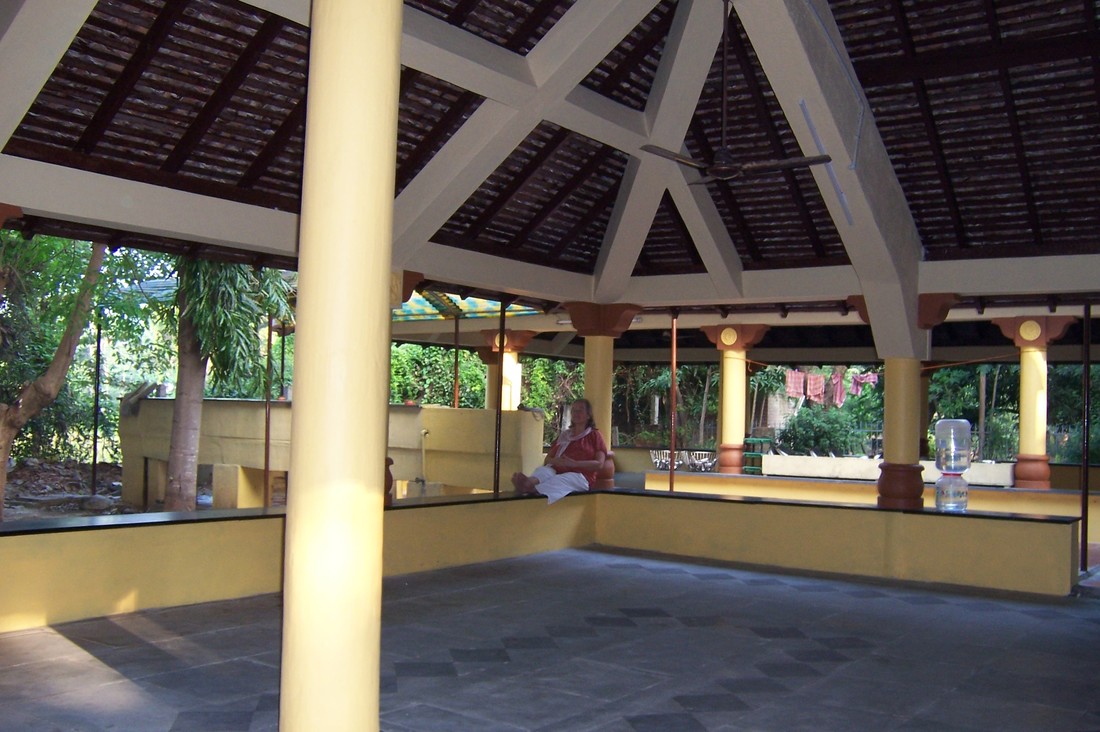 The open air dining hall at Suddhananda Ashram
The open air dining hall at Suddhananda Ashram  A typical meal at the Suddhananda Ashram
A typical meal at the Suddhananda Ashram 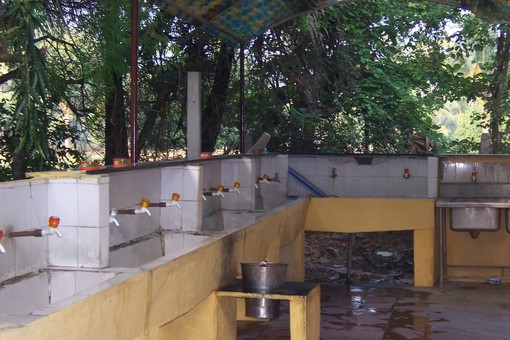 The row of sinks where we washed dishes
The row of sinks where we washed dishes This first week we enjoyed conversation in the dining hall, taking the opportunity to get acquainted with one another since in the weeks after we would be in silence.
Next: Public Satsangs and Growing Internal Discomfort
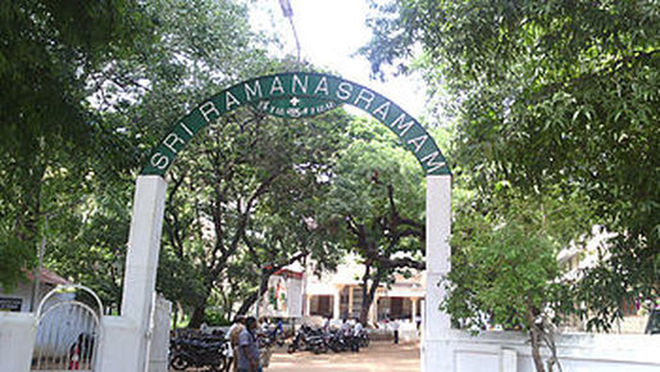
 RSS Feed
RSS Feed